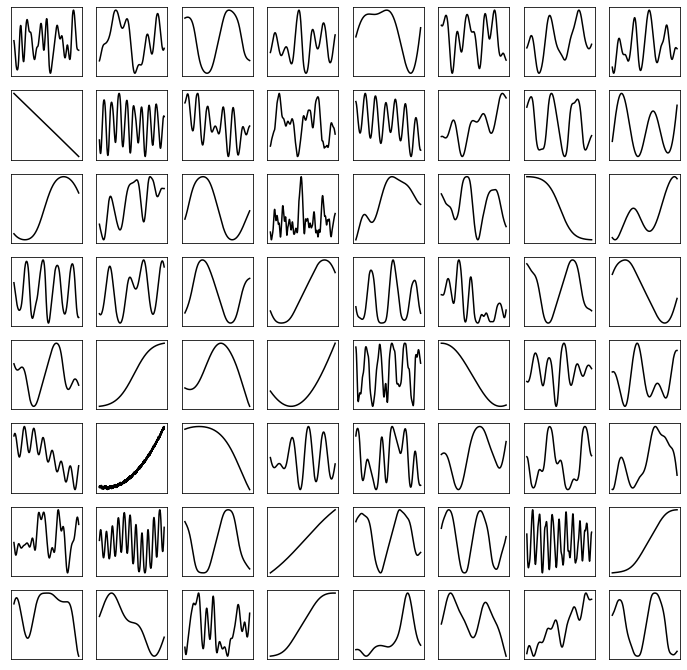neural waveshaping synthesis
real-time neural audio synthesis in the waveform domain
This repository is the official implementation of Neural Waveshaping Synthesis.
Model Architecture
Requirements
To install:
pip install -r requirements.txt
pip install -e .
We recommend installing in a virtual environment.
Data
We trained our checkpoints on the URMP dataset. Once downloaded, the dataset can be preprocessed using scripts/create_urmp_dataset.py. This will consolidate recordings of each instrument within the dataset and preprocess them according to the pipeline in the paper.
python scripts/create_urmp_dataset.py \
--gin-file gin/data/urmp_4second_crepe.gin \
--data-directory /path/to/urmp \
--output-directory /path/to/output \
--device cuda:0 # torch device string for CREPE model
Alternatively, you can supply your own dataset and use the general create_dataset.py script:
python scripts/create_dataset.py \
--gin-file gin/data/urmp_4second_crepe.gin \
--data-directory /path/to/dataset \
--output-directory /path/to/output \
--device cuda:0 # torch device string for CREPE model
Training
To train a model on the URMP dataset, use this command:
python scripts/train.py \
--gin-file gin/train/train_newt.gin \
--dataset-path /path/to/processed/urmp \
--urmp \
--instrument vn \ # select URMP instrument with abbreviated string
--load-data-to-memory
Or to use a non-URMP dataset:
python scripts/train.py \
--gin-file gin/train/train_newt.gin \
--dataset-path /path/to/processed/data \
--load-data-to-memory



